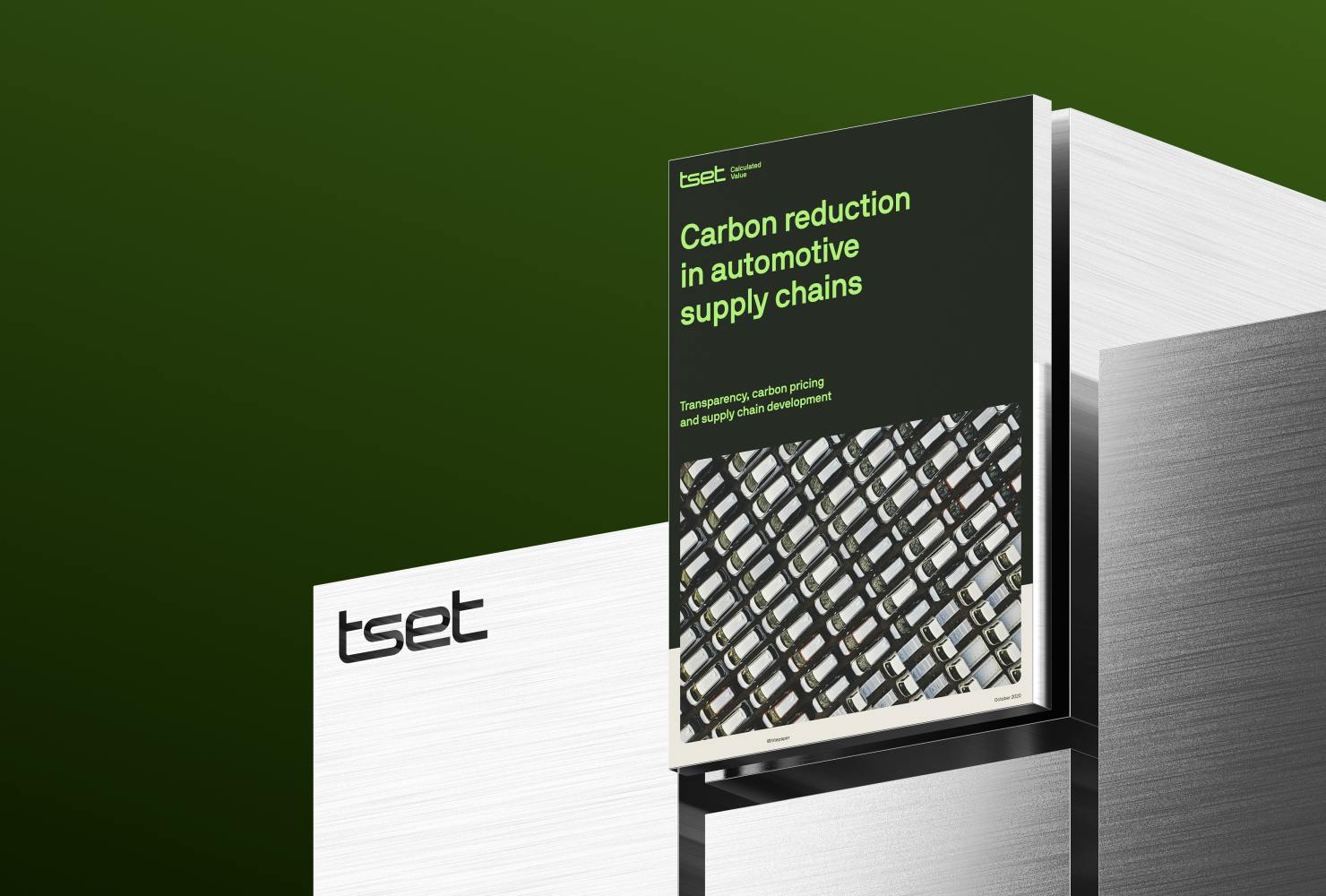Around 80% of a product's costs and CO₂ emissions are already determined in the concept phase: the choice of technology, processes, and machines in this phase all directly affect later costs. Here, material, form, and functionality are established, which has a direct impact on manufacturing. Changes in dimensions and geometry, the replacement of individual parts, or manufacturing processes in simulations with Tset, can all return impressive results. Changes after the concept phase are only possible to a limited extent and are significantly more expensive. Lower costs enable lower prices and, therefore, greater success in offers and negotiations. Since CO₂ is a relevant and dynamic cost factor, flexible solutions are needed to maintain competitiveness. Thus, continuous optimization in the early design phase is crucial. In summary, the concept phase of a product has the greatest impact on costs, CO₂ emissions, and market success. Through careful planning and optimization in this early phase, companies can achieve significant advantages.
Using a component (flange made from 16MnCr5) as an example, the price per piece can be reduced from 8.10 euros/piece to 5.93 euros/piece and the CO₂ output from 3.28 kg to 0.96 kg/piece through simulation of individual parameters. By changing the manufacturing process (cold extrusion combined with machining instead of solely machining), emissions can be optimized through reduced material usage and in production.









